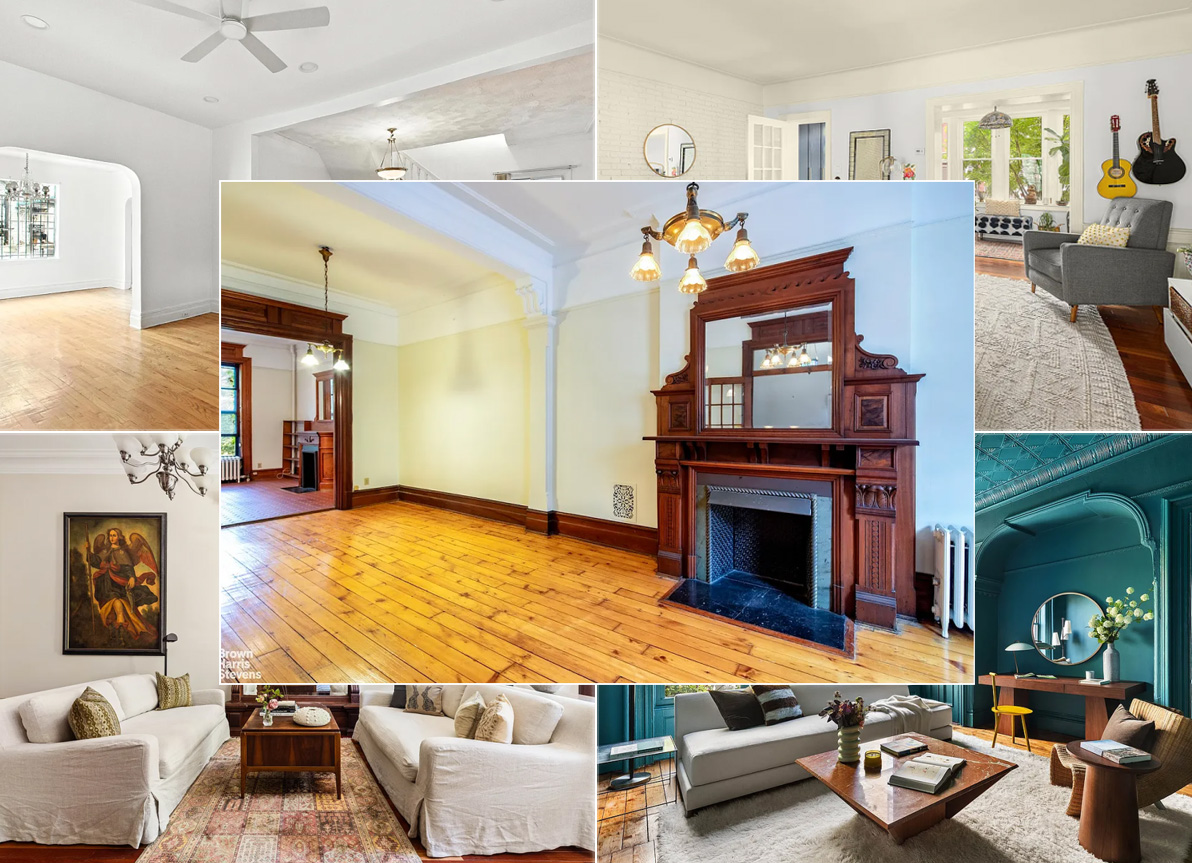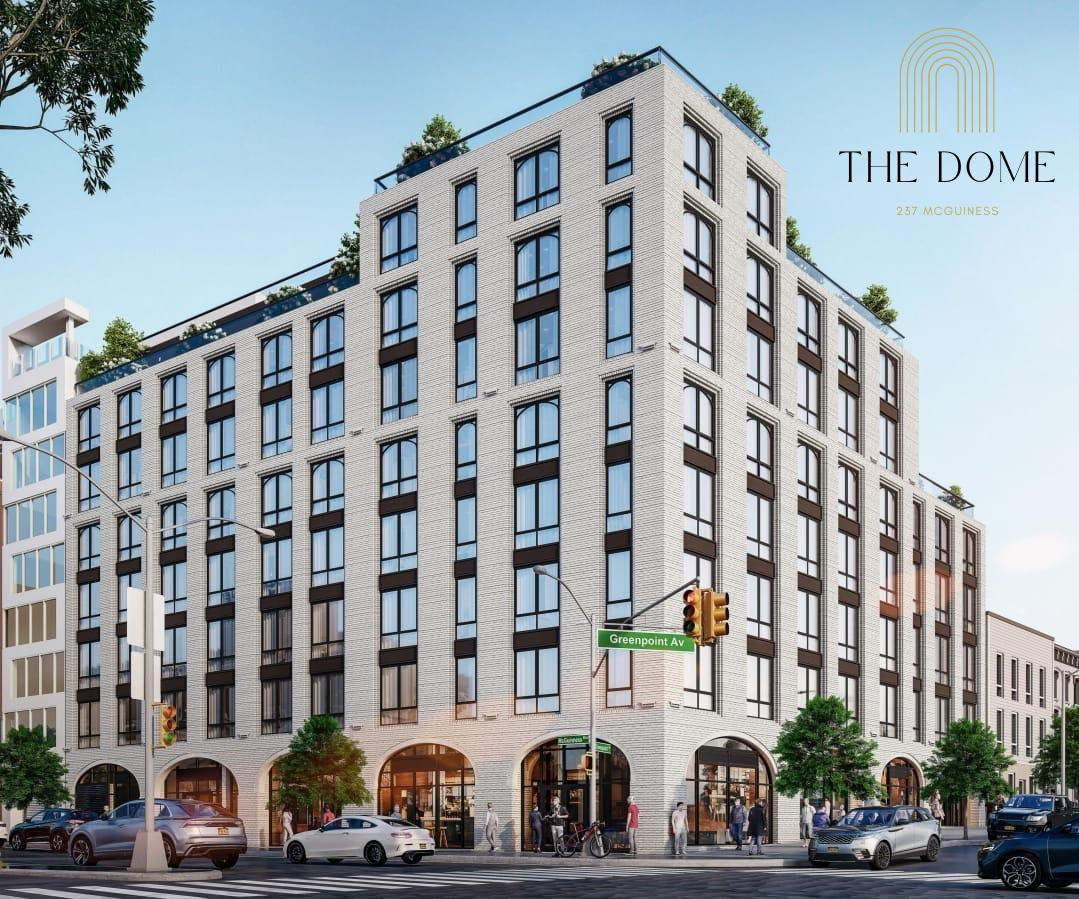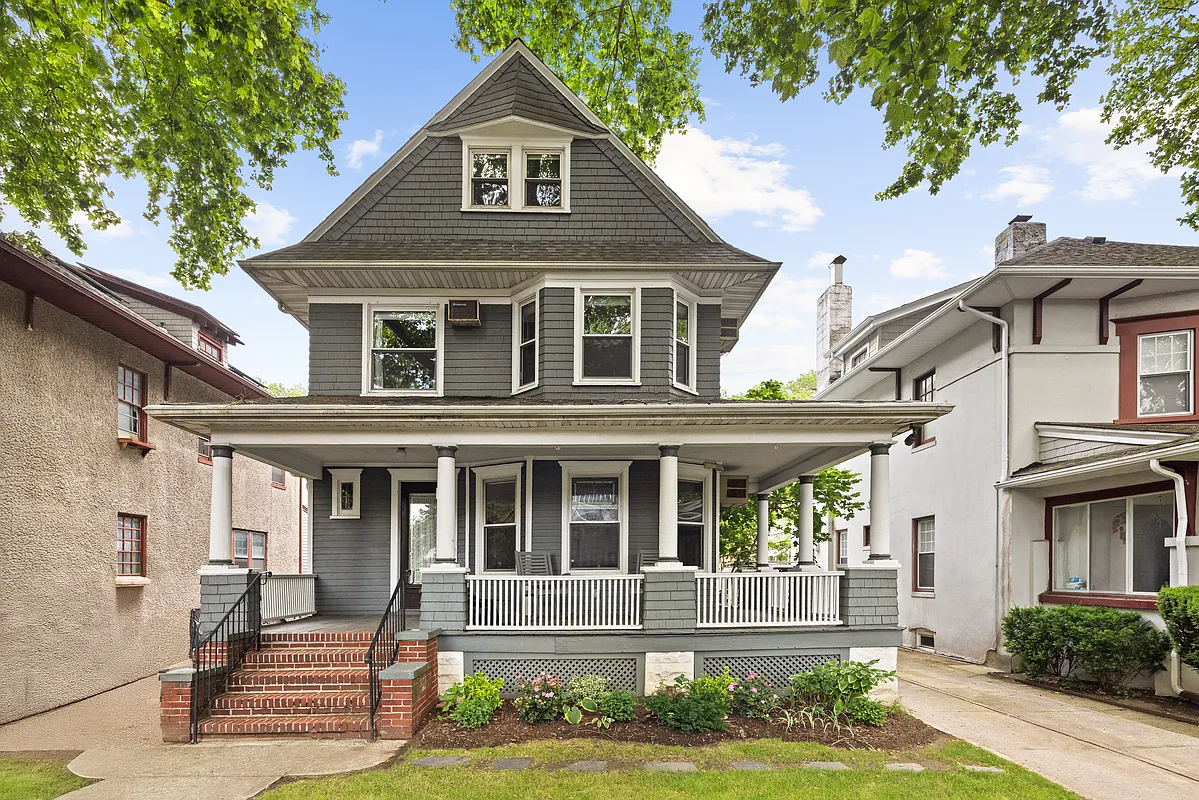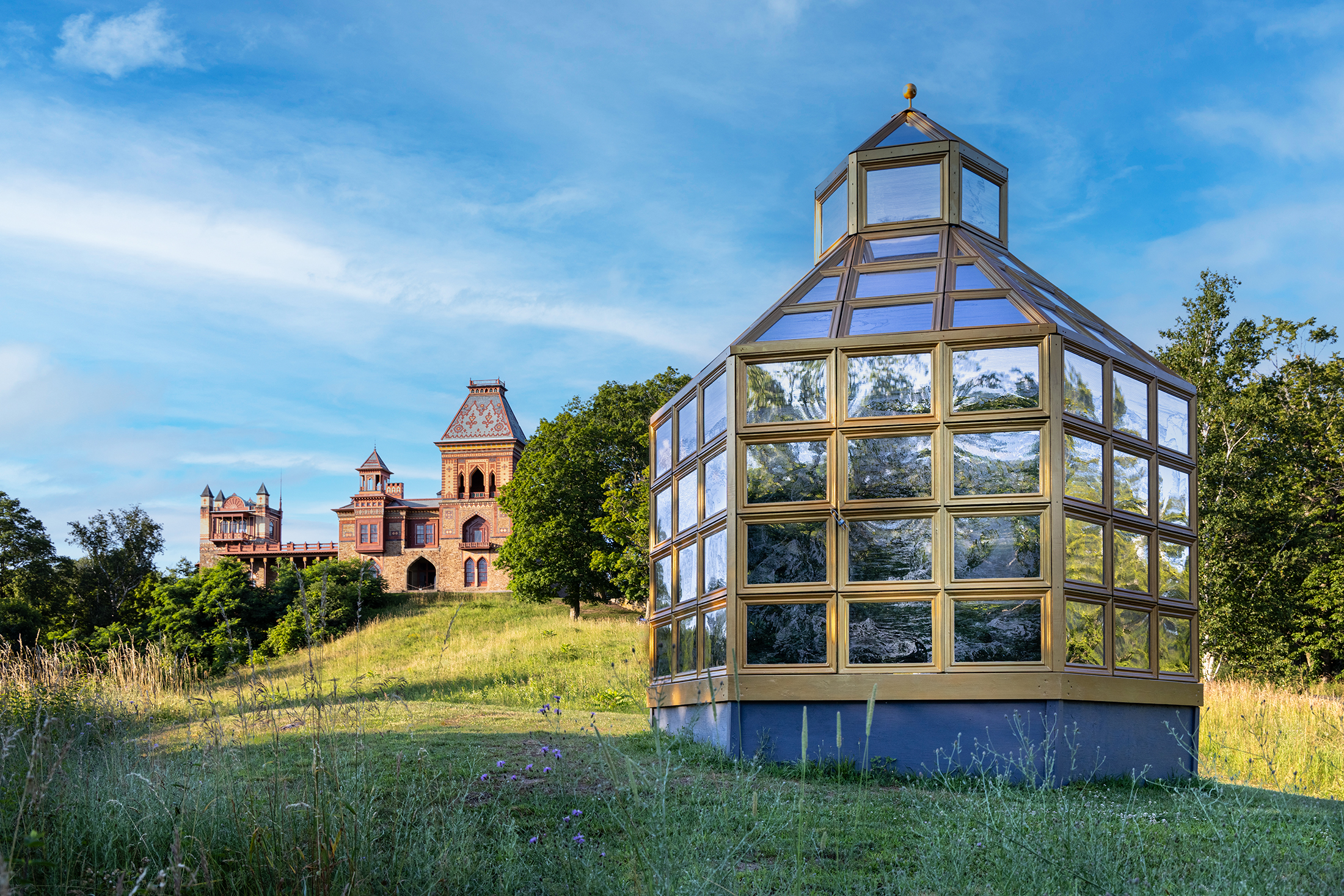11 Pro Tips for Creative Ways to Fit a Powder Room on the Parlor Floor of a Row House
Squeezing a powder room into the parlor level of a brownstone or townhouse can be one of the trickiest parts of a renovation, especially if you are trying to preserve original details like crown molding and woodwork.

Squeezing a powder room into the parlor level of a brownstone or townhouse can be one of the trickiest parts of a renovation, especially if you are trying to preserve original details like crown molding and woodwork. But changing lifestyles have turned the parlor level into the main living area for many homeowners, driving up the demand for powder rooms and forcing architects get creative with their location.
“We pretty much always do a powder room on the parlor level,” said architect Christine Harper of Harper Design Build. “It just seems to be a very important feature, especially for the type of people who live in Brooklyn who have young families. Running up and down floors when you have kids, or even for themselves, it’s just not safe or convenient.”

The most common location is underneath the staircase, which sometimes requires relocating the stairs to the ground level, she said. In one recent renovation, Harper removed the existing flight of stairs to the basement and added new joists and sub-flooring to create a powder room under the staircase. The stairs to the ground-level were relocated to a 10-foot addition at the back of the house.
“When the stair is continuing, we put it in the kitchen,” Harper said. “Privacy is a little bit harder to deal with, but it’s sort of Brooklyn living.”
Often, architects disguise the powder room behind a “hidden” door without casing, known as a jib door, or a discreet pocket door.

“Our goal is always to keep the bathroom as invisible as possible, and try not to have the door face into the living room or dining areas,” said architect Vanessa Kassabian. “A pocket door tends to be less intrusive and will not need to swing into a space where there is little to no clearance.”
In a single-family house, a ground-floor bathroom at the bottom of the stairs is an alternative to a powder room on the parlor level. When houses have both, guests often opt to use the more private downstairs bathroom, Harper said.
“Then, the powder room is more for everyday convenience and immediate family,” she said.

A powder room can be as small as 32 inches wide by five feet deep, said architect Megan Conover of JAM Architecture, although 3 feet is a more comfortable width. Ventilation and plumbing are other factors to consider when creating a bathroom on a floor with no existing one.
“You have to bring a drain and supply piping up through the cellar or garden level,” Conover said. “The other thing to factor in is internal powder rooms need ventilate to outside, either on the roof or back of the house.”
Despite the challenges, Conover said she has never designed a townhouse without a parlor level bathroom.

“I think privacy is one thing people don’t really take into account,” Conover said. “If privacy can’t be created in a way that’s convincing architecturally, that might be the only reason not to have a bathroom on the parlor floor. I definitely think that if the conditions are right and the plan has space for it, putting a powder room on the floor is a good decision for convenience and resale value.”
When the bathroom must go right in the kitchen, architect Alexandra Barker likes to put it on a wall with a pantry and desk, separating it from the cooking and dining zones.
“It ends opposite from the kitchen but separate from the kitchen,” Barker said.

If a townhouse is deep, Barker sometimes creates an extra zone in the middle of the parlor to accommodate a powder room.
“A lot of times in a brownstone, the front room is too long,” Barker said. “It’s very long and rectangular, so you can create a middle zone and thicker wall in the middle space. You work with the language of the existing building and add another zone to it. But that doesn’t work if there’s some ceiling detail that you want to preserve.”
Related Stories
- From Pakistan to Brooklyn: A Quick History of the Bathroom
- What the Pros Know About How to Arrange Furniture in a Brownstone
- 6 Joy-Bringing Renovation Projects These Homeowners Hesitated Over
Email tips@brownstoner.com with further comments, questions or tips. Follow Brownstoner on Twitter and Instagram, and like us on Facebook.





What's Your Take? Leave a Comment